Last week’s mystery plumage birds are revealed today. It’s fascinating to realise how difficult it is to identify plumage when it’s not in context, when we know nothing else about the bird or its jizz. I should have given clues, so an extra big congratulations to everyone who had a go, either on lirralirra, on Facebook or at home – thank you all! For comments on individual lirralirra comments see last week’s post Mystery plumage.
Image 1 – Nankeen Kestrel
The kestrel was identified by quite a few and misidentified as a Chestnut Teal, which is understandable as they both have rufous feathers with dark patches.
Image 2 – Laughing Kookaburra
The kookaburra was surprisingly tricky and was misidentified as a Bronze Cuckoo and a Grey Teal among other species. As a young bird its feathers don’t look quite the same as an adult’s, and the wind-blown look probably added to the confusion.
Image 3 – Welcome Swallow
Most of the mysteries related to larger birds because of the need to crop heavily while keeping enough pixels in the image. The Welcome Swallow is a young bird, I find their immature colours delightful. The only person to guess this one correctly was a lovely honest birder who said the name had popped up when the image was loading.
Image 4 – Eastern Osprey
The osprey is a magnificent bird in a ‘don’t mess with me’ kind of way.
Image 5 – Purple Swamphen
I hadn’t expected the swamphen to be tricky but only a few people got it, including one who gave it its Maori name, Pukeko . It was ignored by most people and misidentified as a Superb Fairy-wren which is understandable with its striking colour.
Image 6 – Cape Barren Goose
These geese have exquisite feathers that look like they’ve been painted with water colours.
Image 7 – Eastern Barn Owl
The owl is pretty distinctive and identified correctly by several along with one suggestion of a Masked Owl – I would love to photograph a Masked Owl! They are both tyto owls and very similar in appearance but Barn Owls are generally smaller and paler.
Image 8 – Australian Hobby
The Australian Hobby is a small falcon and one of my favourite birds to watch.
Image 9 – Spotted Dove (formerly Spotted Turtle-dove)
Spotted Doves are a dainty feral species that were introduced during the mid 1800s and have become well established in Australian urban areas.
Image 10 – Pacific Black Duck
The distinctive flash of colour made this blackie fairly easy to pick.
Image 11 – Hooded Plover
These small beach-nesting plovers are in major trouble due to the amount of human encroachment on our beaches. A similar species in the USA, the Piping Plover, is also threatened and beaches are closed to the public during the breeding season. Here we rely on volunteers to encourage people to follow regulations and keep their dogs on leads while nesting birds and fledglings are present. Some members of the public are fantastic, others feel their dogs have a right to run on nesting beaches even though other beaches are available – I doubt if any of them would deliberately kill or injure a tiny fledgling, they just don’t understand. Hopefully as more people understand their plight we’ll see the survival rate of chicks go beyond it’s current level – this year on Phillip Island 43 nests were started, there are usually 3 eggs per nest, so there should have been 129 eggs, instead there were 70, and from all that effort only 12 chicks survived. And sadder still, that was a record survival rate for the past 23 years.
Image 12 – Pacific Black Duck
Blackies are every day ducks but we don’t often look at the plumage near the waterline that I used for the crop, and I don’t think anyone correctly identified this image. I like the mix of natural colours on those tiny chest feathers.
Image 13 – Whistling Kite
At least one person correctly identified the Whistling Kite but it was more frequently identified as a Wedge-tailed Eagle – pretty good going for a handful of feathers!
Image 14 – Common Bronzewing
The bronzewing had a few suggestions too, including lots of Crested Pigeons and a couple of Brush Bronzewings.
Image 15 – Tawny Frogmouth
The master/mistress of disguise was correctly identified several times. Even in close-up the plumage of the Tawny Frogmouth looks remarkably like tree bark.
Many thanks, again, to everyone who took part, here on lirralirra, on Facebook or at home. I wonder if you’ll find yourself looking more closely at feathers from now on, I hope so.
Happy birding, Kim
~ Thank you for visiting and commenting
~ If you would like a weekly email letting you know that lirralirra has been updated please use the ‘subscribe’ box above right
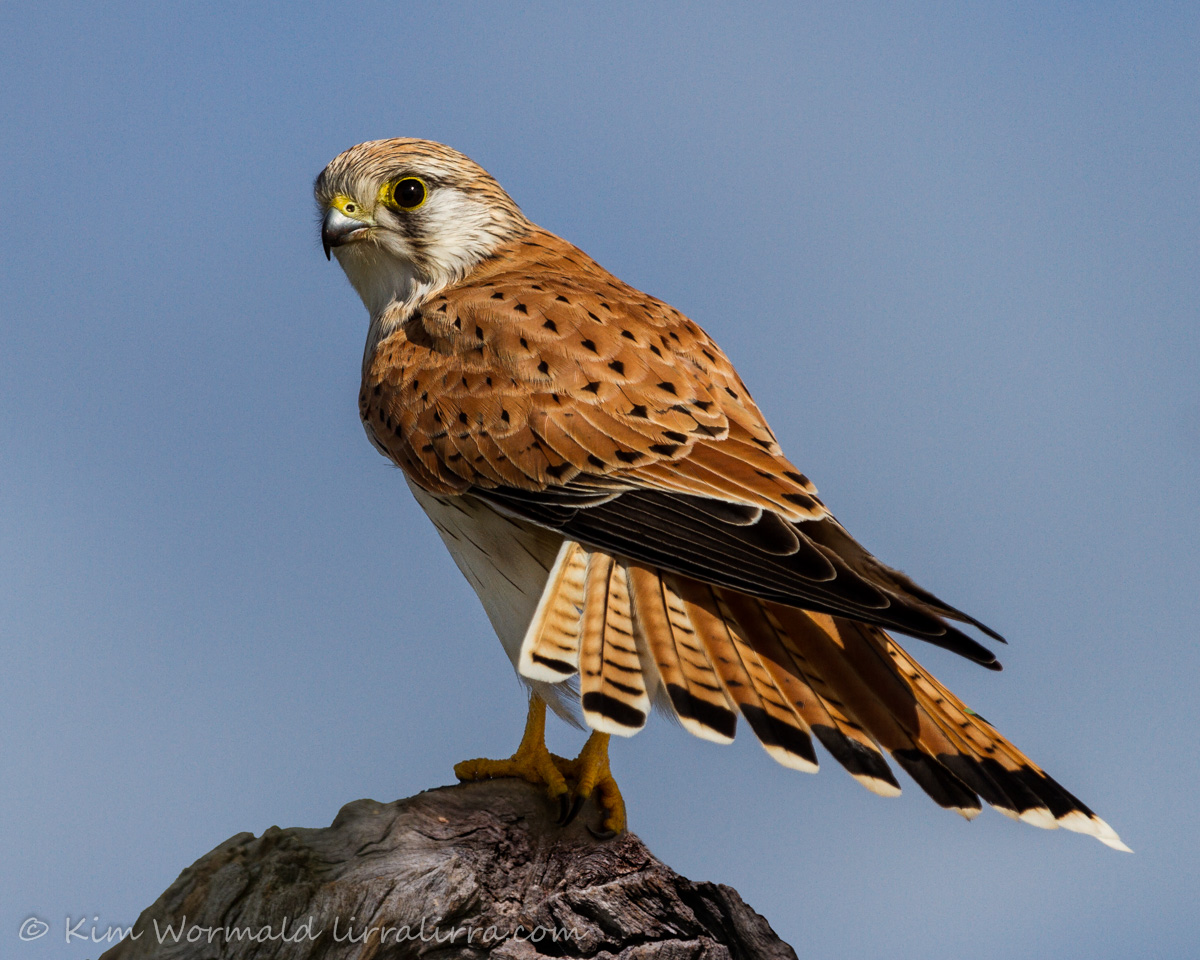

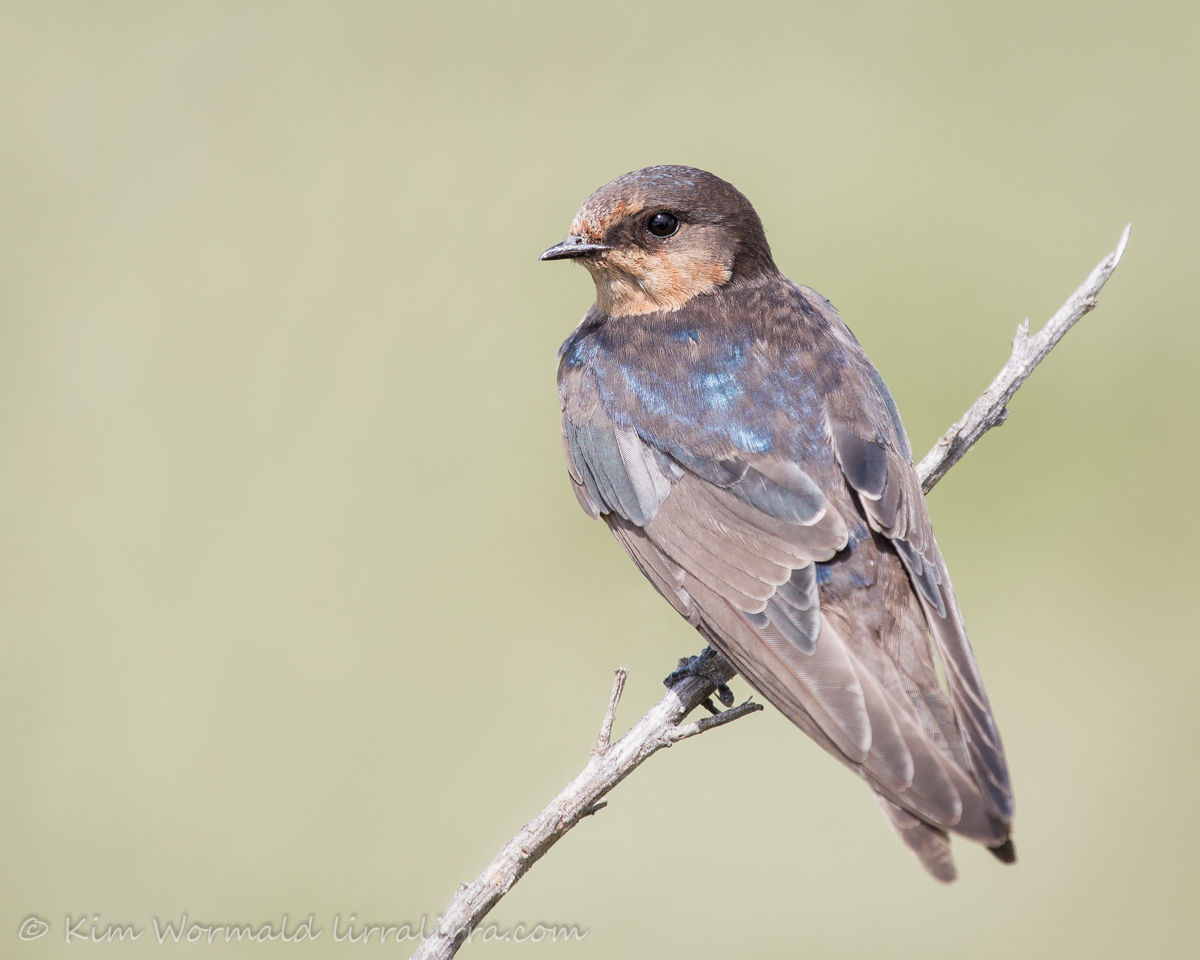
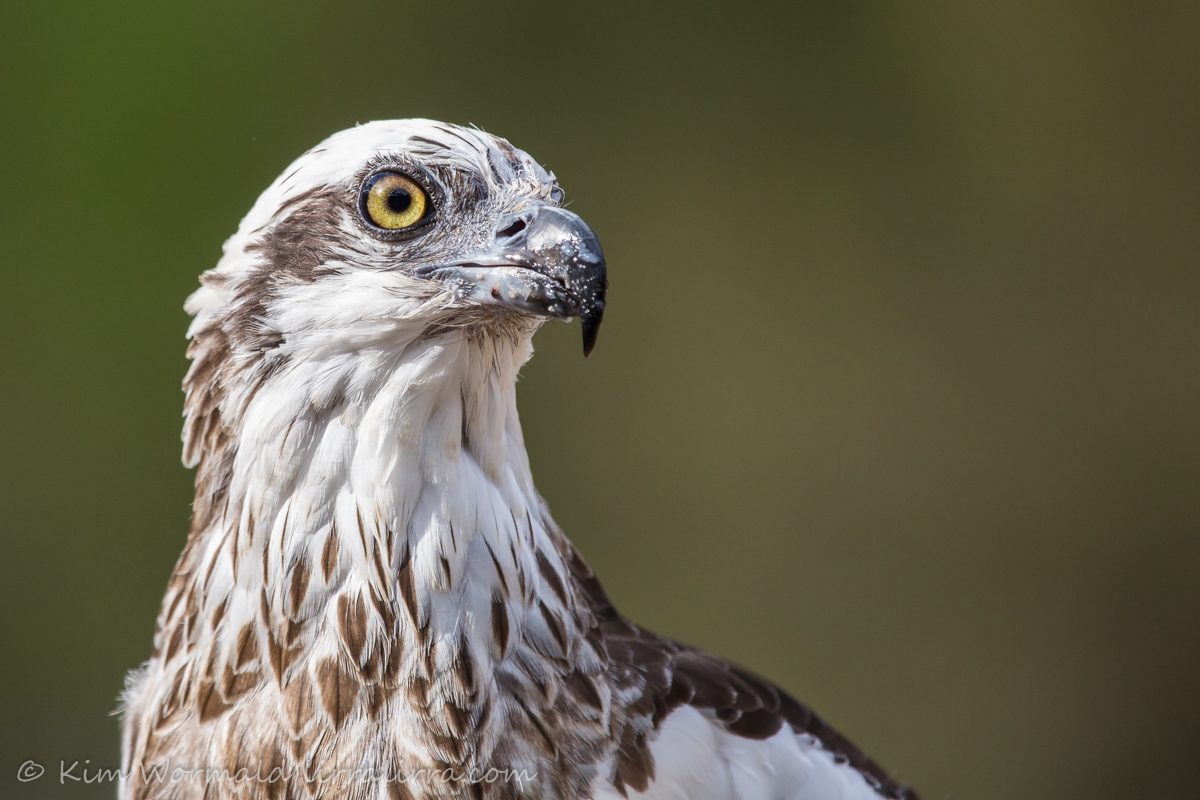
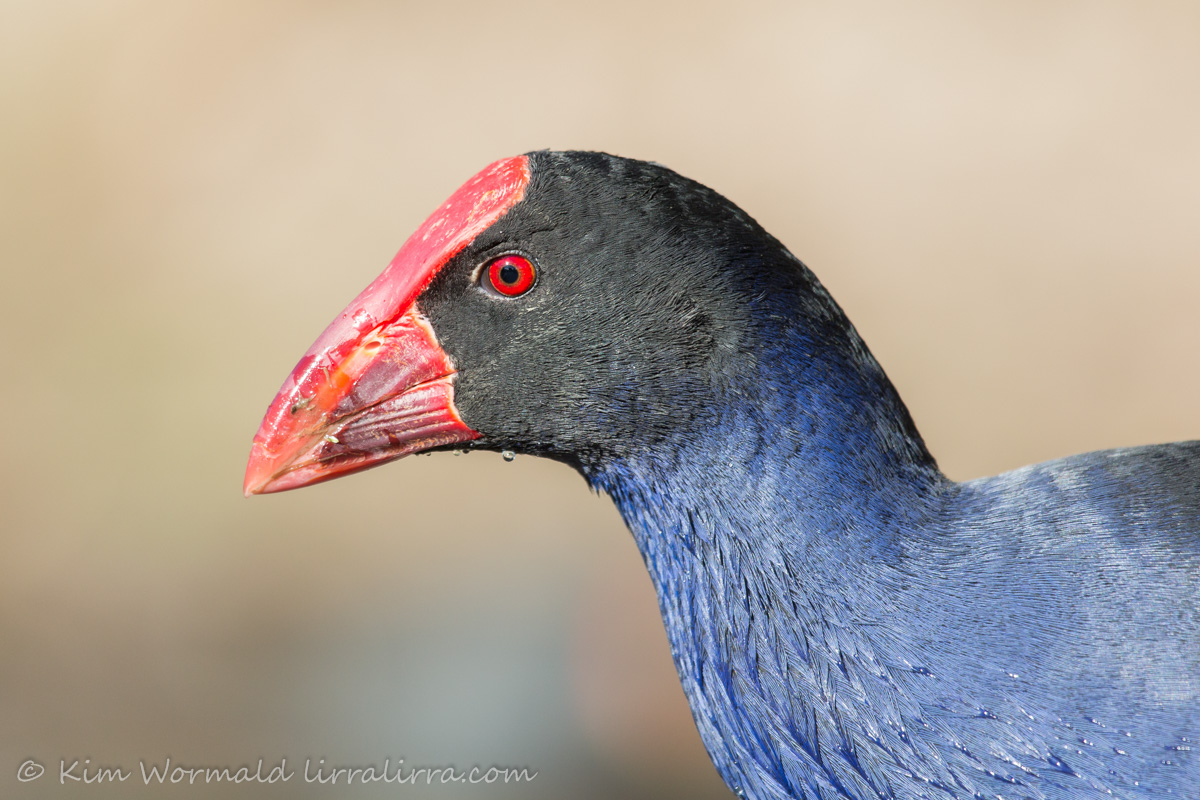

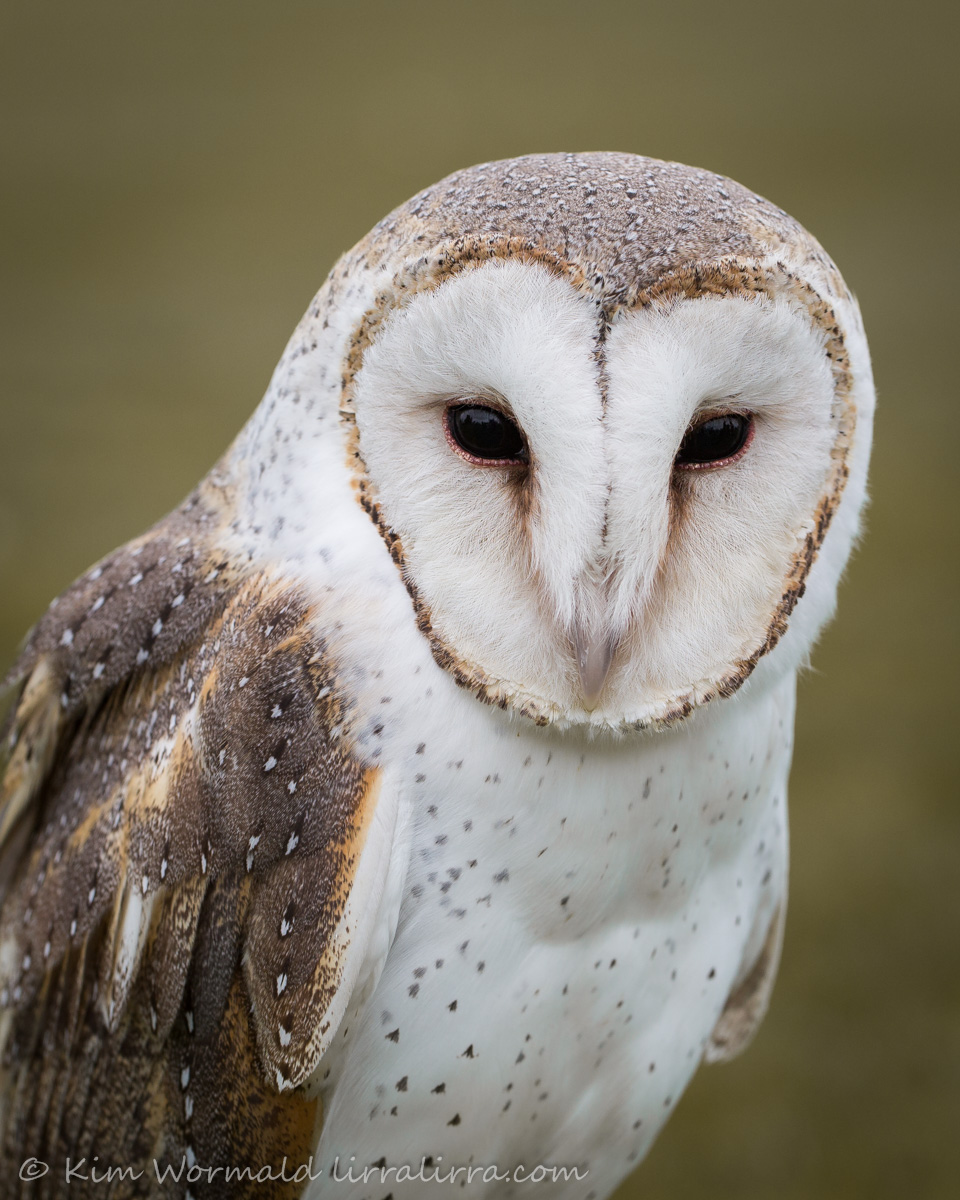
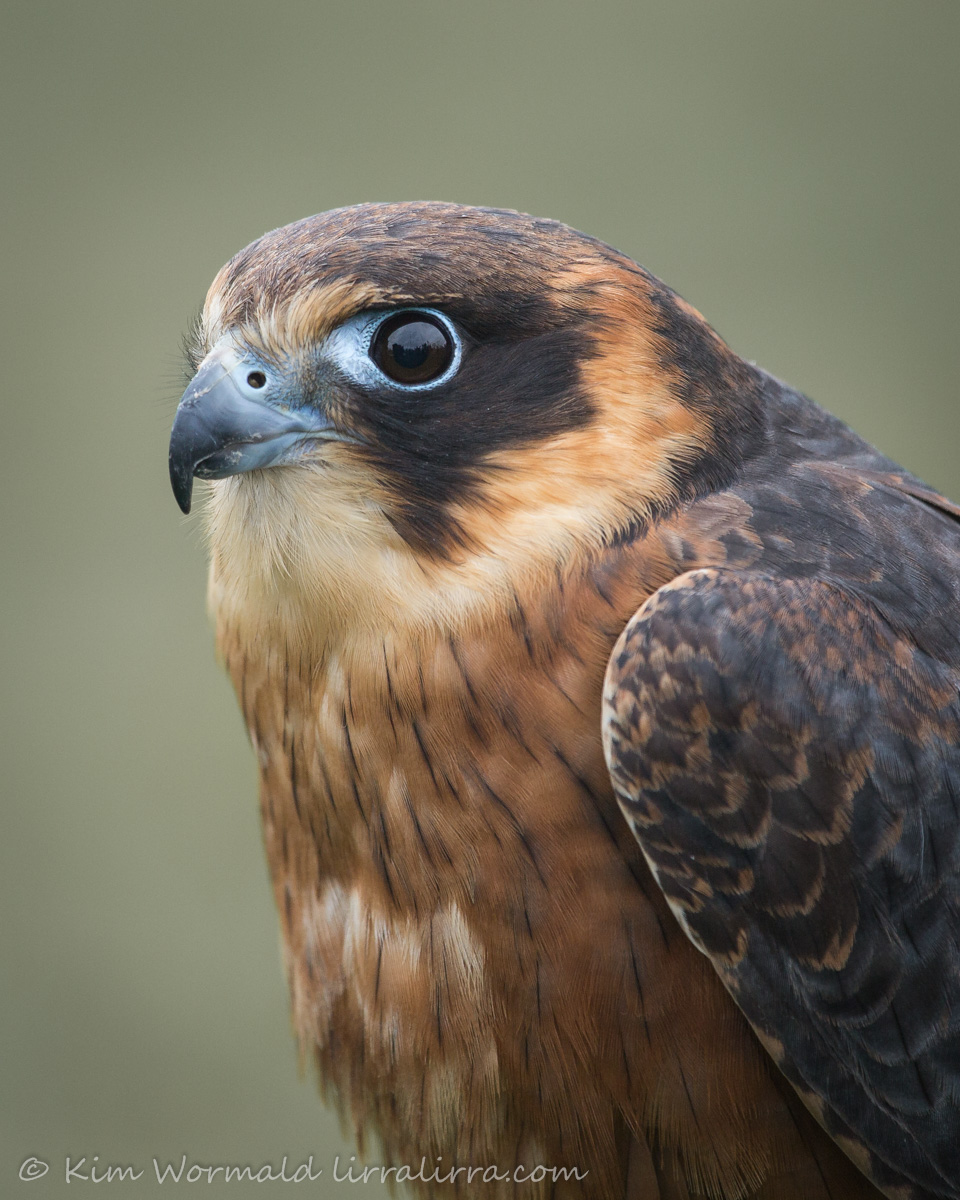


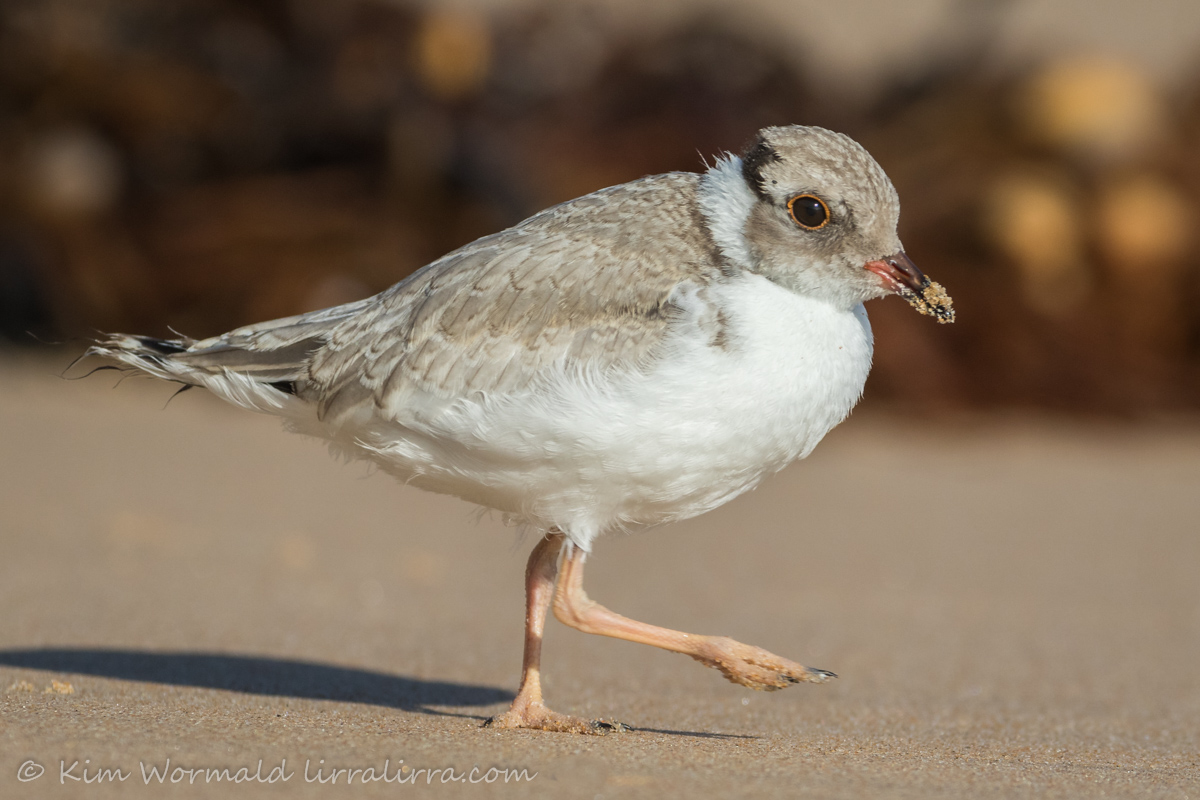

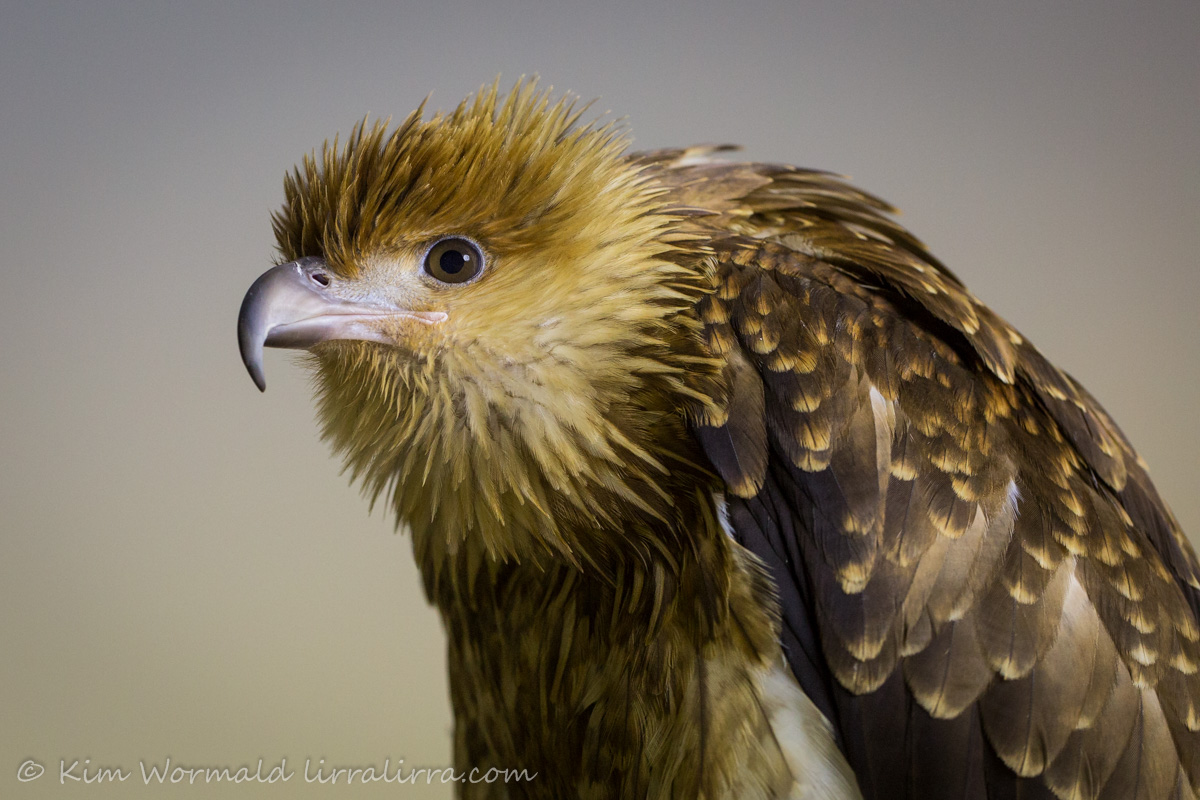
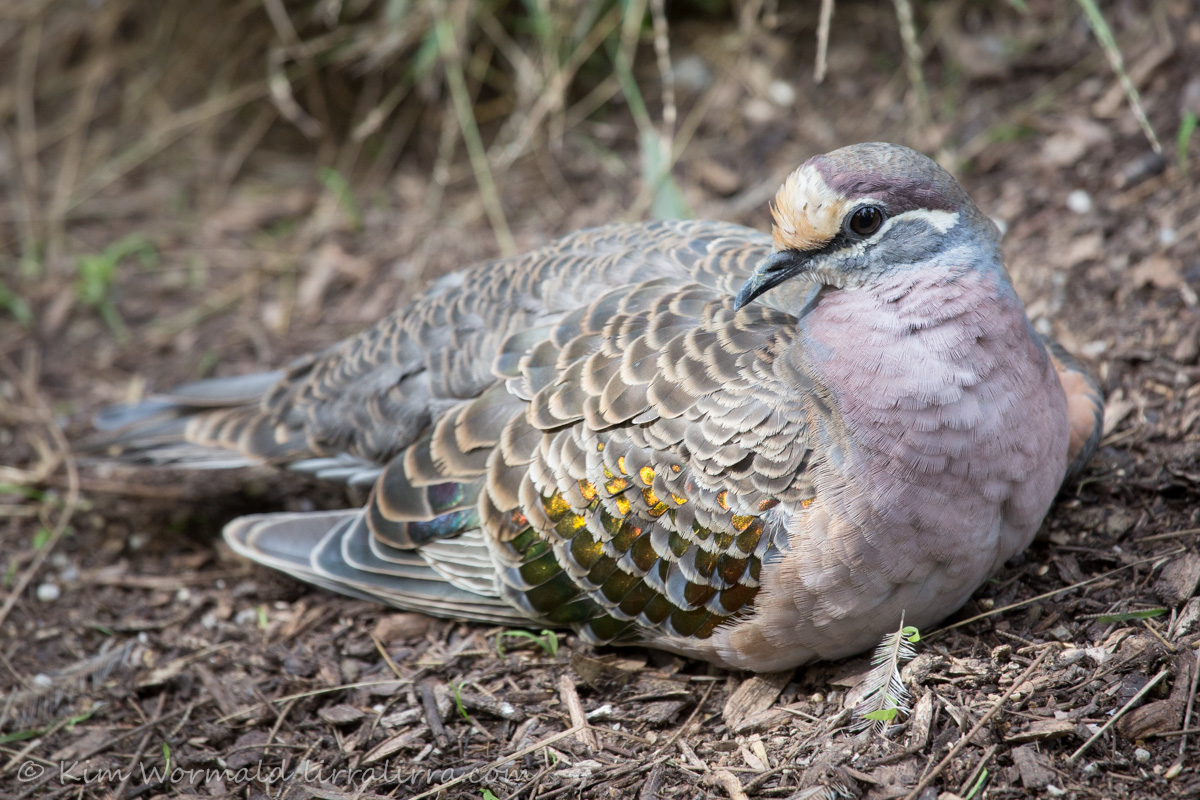
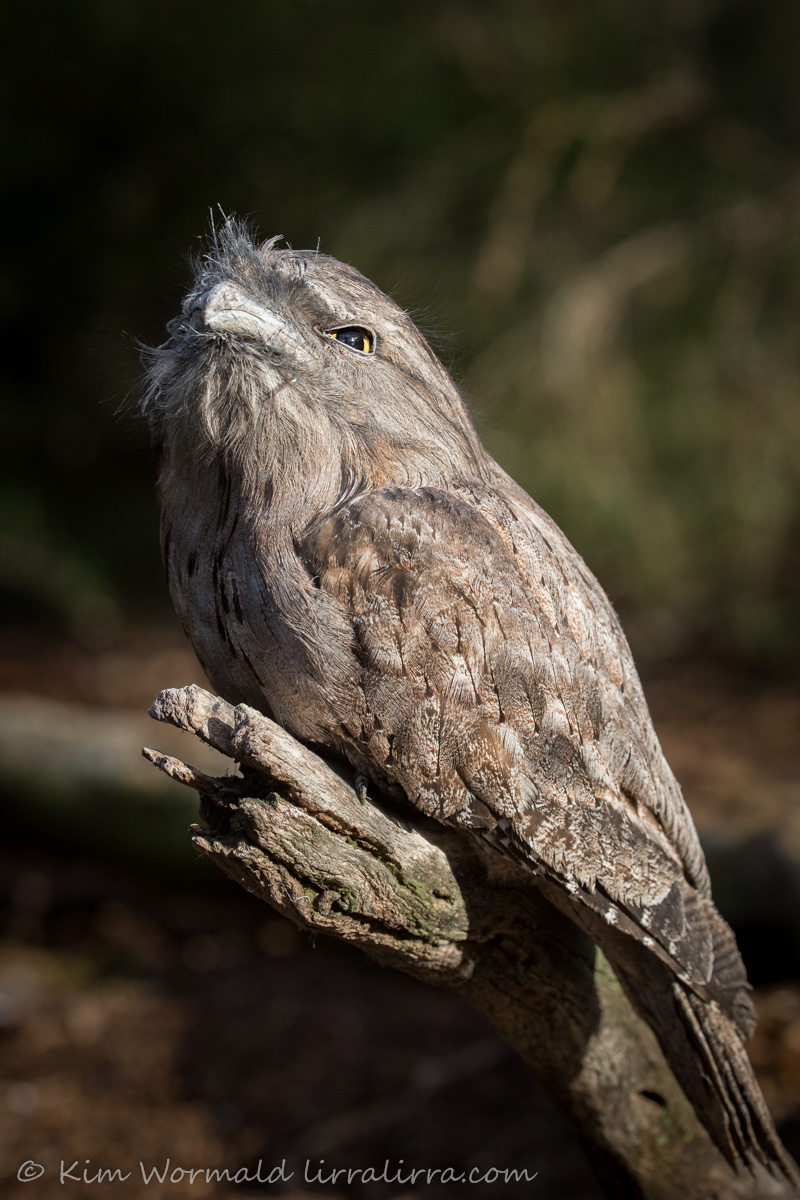

Wow, your photos continually knock my socks off.
That Whistling Kite photo is probably the best I’ve seen, I love it.
That’s lovely of you Evie. Don’t forget to let me know when your site is up and running.
That was too fun! Even though I didn’t have a clue enough to play – haha!
I wouldn’t have a clue with your birds either Sherry!
Ignorance kept my out of the guesses, but surprisingly I did know a few.
The Common Bronze Wing is a badly named bird. Nothing common about them.
I love all of these Kim. Feathered enchantment each and every one of them.
I’m not surprised you knew some, you’ve got a keen eye for detail.
How fun to see the reveal! I’m glad I got a couple right!
You did really well, I was very impressed